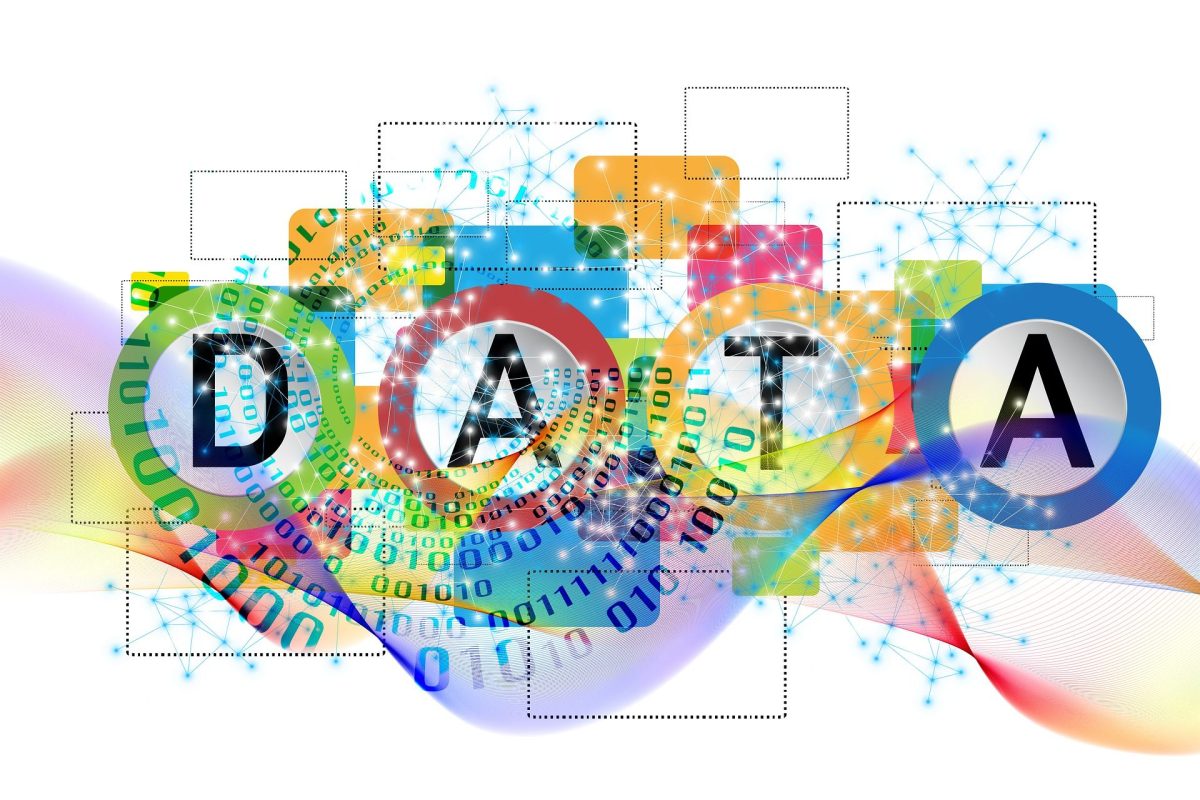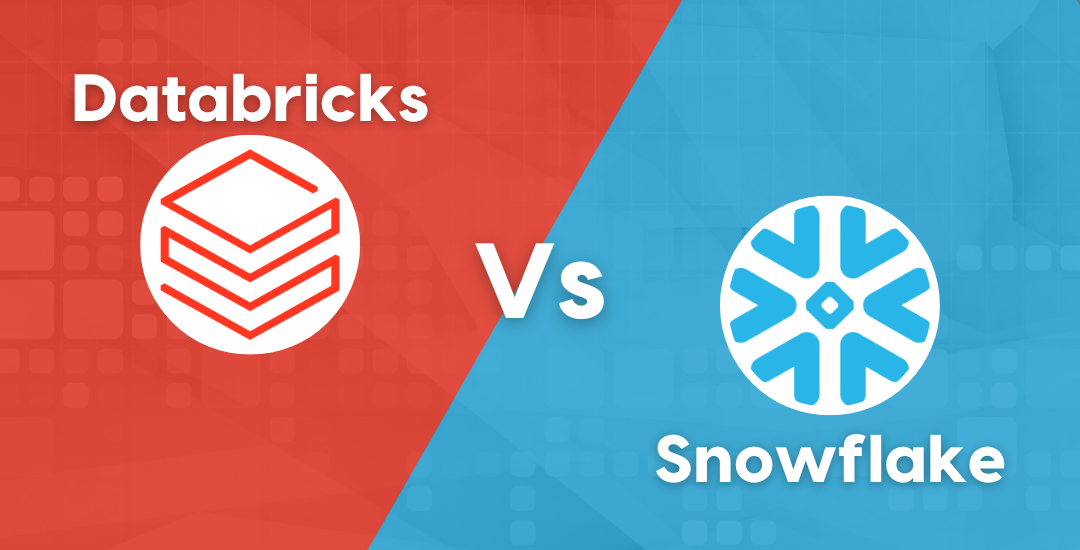Exit Polls: How Data Analytics is Transforming Political Forecasting
Election day is one of the most anticipated and scrutinized events in any democracy. In the hours following voting, the public eagerly awaits the results, but alongside the official counts, the exit polls—surveys conducted with voters as they leave polling stations—often provide an early glimpse into the outcome. Exit polls have long been an essential tool for media outlets, political analysts, and campaigns to predict the results of elections and understand voting trends.
However, exit polls are far from simple. Behind the scenes, data analytics plays a critical role in ensuring that exit polls are accurate, reliable, and reflective of the voting population. In this blog, we’ll explore the science behind exit polls and how modern data analytics is shaping this important aspect of political forecasting.
What Are Exit Polls?
Exit polls are surveys conducted immediately after voters cast their ballots. These polls aim to understand who voted for whom, how different demographics voted, and why certain individuals made their electoral choices. The main purpose of exit polls is to provide early predictions of election results and help the public and analysts understand voting behavior.
Unlike traditional pre-election polling, which samples a broad swath of the electorate before election day, exit polls target those who have already voted. These respondents are typically asked about their choices, demographic information, and motivations behind their votes. The information collected is used to project the likely outcomes of the election and give insights into trends, such as which regions, parties, or candidates are winning and why.
The Role of Data Analytics in Exit Polls:
In the past, exit polls were often subject to simple analysis techniques, and the accuracy of their predictions relied heavily on how well the sample reflected the general electorate. However, with the advancement of data analytics, exit polling methodologies have become significantly more sophisticated. Today’s exit polls involve a complex mix of statistical methods, machine learning algorithms, and real-time data processing, which help ensure predictions are as accurate as possible.
Let’s break down the steps and technologies involved in the data science behind exit polling:
1. Sample Selection and Weighting
One of the most critical aspects of an exit poll is selecting a representative sample of voters. Pollsters aim to capture a cross-section of the electorate that reflects the demographic, geographic, and socio-economic diversity of voters. This is a challenging task, as the makeup of voters in a given area can vary significantly based on factors like age, race, gender, education level, and party affiliation.
Data analytics helps here by applying advanced sampling techniques and statistical modeling to ensure that the sample is balanced. For instance, pollsters can use stratified sampling, where specific subgroups are targeted to ensure that each group is represented proportionally. Once the sample is collected, analysts apply weighting algorithms to adjust the responses so that the final data more accurately mirrors the voting population as a whole.
In modern exit polls, weighting is done based on several factors, including past voting behavior, exit polls from previous elections, and demographic data from national census surveys. This ensures that the responses of underrepresented groups are appropriately amplified and that the final result is more accurate.
2. Real-Time Data Processing
Once exit poll data is collected, it needs to be processed rapidly to deliver timely results. With the advent of big data technologies, polling organizations are now able to process and analyze massive amounts of data in real time. The sheer volume of exit poll responses from across different polling stations—often millions of data points—requires advanced data processing capabilities.
Data analysts use cloud computing and distributed data systems to handle the processing of this information quickly and efficiently. Cloud-based tools allow polling organizations to store, process, and analyze large datasets without the constraints of local infrastructure. This real-time processing ensures that predictions can be delivered as soon as possible, often before the official results are fully counted.
3. Predictive Modeling and Machine Learning
Predictive modeling is one of the key components of modern exit polling. Predictive models take into account numerous variables, such as demographic factors, regional voting patterns, and historical voting trends, to estimate the likely outcome of an election. These models rely on sophisticated machine learning algorithms that improve over time as they are exposed to more data.
Machine learning enables pollsters to create complex models that can account for many factors simultaneously, offering more accurate predictions than traditional models. For example, a machine learning model might analyze how voters in specific counties tend to vote, how certain demographic groups are trending, and how previous election results influence current outcomes.
By using ensemble methods—which combine the results of multiple models to improve accuracy—pollsters can generate highly reliable predictions. These methods ensure that the model isn’t swayed by individual biases or inaccuracies in the data, increasing the confidence in the final projections.
4. Geospatial Analysis
Geospatial data plays a crucial role in exit polls. Using Geographic Information Systems (GIS), analysts can map voting patterns and project how different regions will contribute to the overall outcome. This is especially important in countries with a decentralized or federal voting system, where regional voting trends can differ significantly.
For example, in the United States, presidential elections often hinge on swing states, where the vote may be more evenly divided. Exit poll data, combined with geospatial analysis, helps to determine which regions or districts are likely to sway the final outcome. GIS tools also allow for real-time tracking of voting results, providing valuable insights into which areas are still in play and where each candidate stands.
5. Adjusting for Nonresponse Bias and Misreporting
One of the significant challenges in exit polling is nonresponse bias, where certain groups of voters may be less likely to participate in the poll, potentially skewing the results. This can happen if certain demographics, such as young voters or minority groups, are less inclined to stop and answer exit poll questions. Furthermore, some respondents may misreport their vote due to social desirability bias, where they give answers that they believe are expected of them.
To address this, data analytics employs several strategies to adjust for nonresponse bias and misreporting. One method is the use of post-survey calibration, where pollsters cross-check exit poll results with other data sources—such as previous election results or voter registration databases—to correct for discrepancies and ensure that the sample aligns with the overall electorate.
6. Confidence Intervals and Margin of Error
No predictive model is perfect, and exit polls are no exception. To communicate the uncertainty in exit poll projections, data analysts provide a confidence interval and a margin of error. The margin of error indicates the degree of potential deviation from the actual results due to factors like sampling error, nonresponse bias, and misreporting. A narrower margin of error indicates more reliable results.
In a close race, the margin of error is especially important, as it reflects the uncertainty inherent in any prediction. Analysts use these metrics to give the public a sense of how confident they can be in the exit poll results, helping to temper expectations and avoid early proclamations of victory when the actual outcome may still be too close to call.
The Impact of Data Analytics on Exit Poll Accuracy
Over the years, the combination of advanced sampling techniques, real-time data processing, machine learning, and predictive modeling has dramatically improved the accuracy of exit polls. However, while these tools have enhanced the reliability of forecasts, challenges remain.
For example, in some instances, exit polls have failed to predict results correctly—such as the 2000 U.S. Presidential Election or the Brexit referendum. These errors were partly due to the complexity of voter behavior and the evolving nature of political landscapes. As such, exit polls are always subject to a degree of uncertainty.
Nonetheless, data analytics continues to improve the methodology behind exit polls, making them an indispensable tool for understanding and forecasting electoral outcomes. As technologies like AI and big data analytics evolve, exit polling will become even more precise, offering a more nuanced understanding of voter behavior and helping analysts navigate an increasingly complex political environment.
Conclusion
Exit polls have come a long way from simple surveys conducted at polling stations. Today, they are powered by sophisticated data analytics, predictive modeling, and machine learning, enabling pollsters to make faster and more accurate predictions. With these tools, the science behind exit polling has evolved into a dynamic field that helps to shape political analysis and electoral forecasting. As technology advances, the future of exit polls will continue to become more precise, offering deeper insights into voter behavior and the political landscape.








